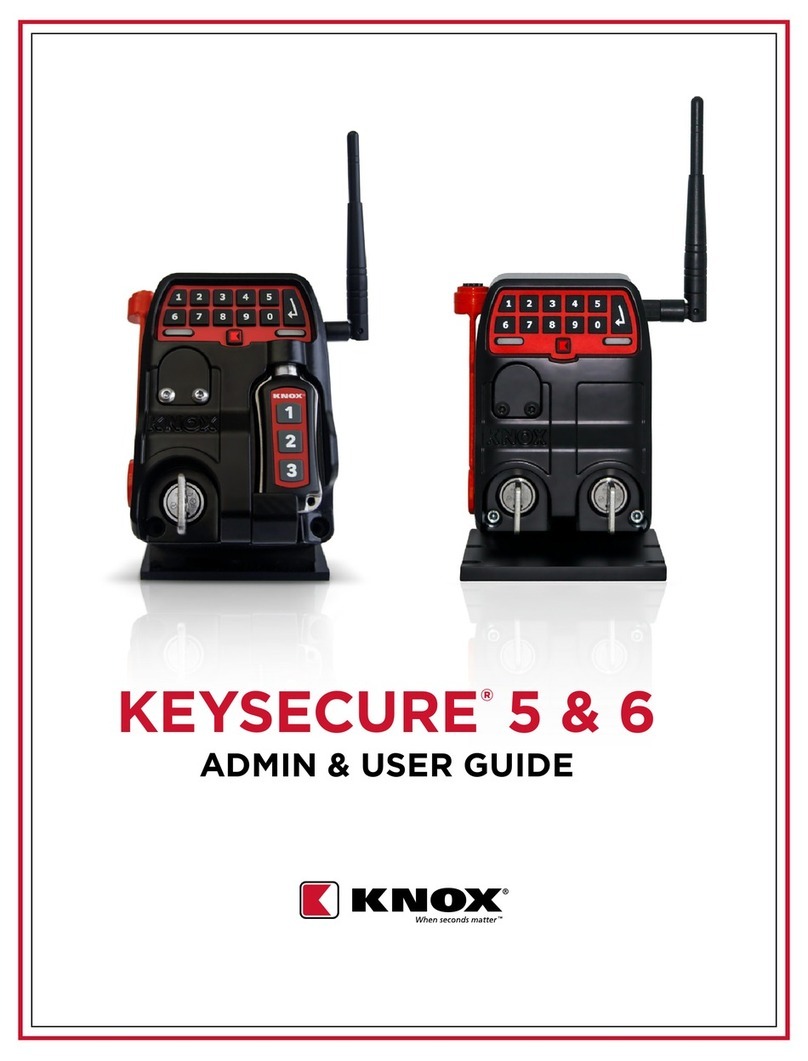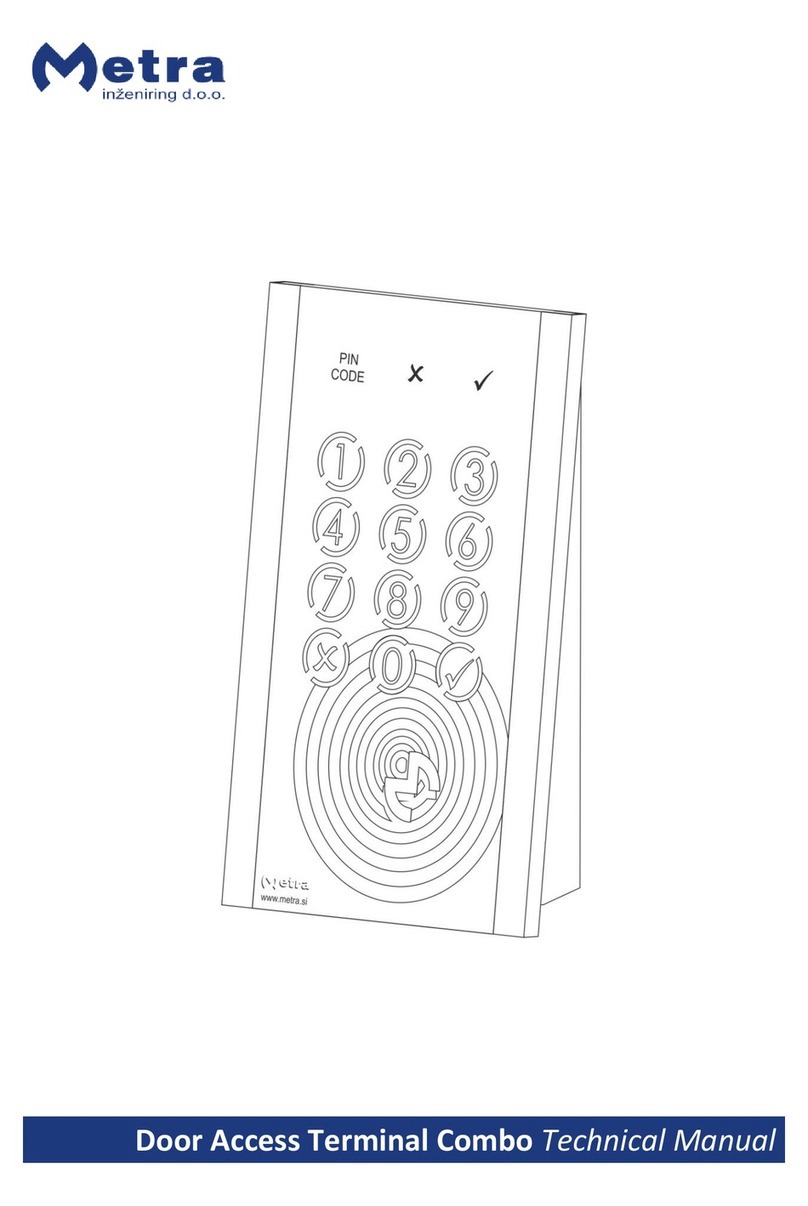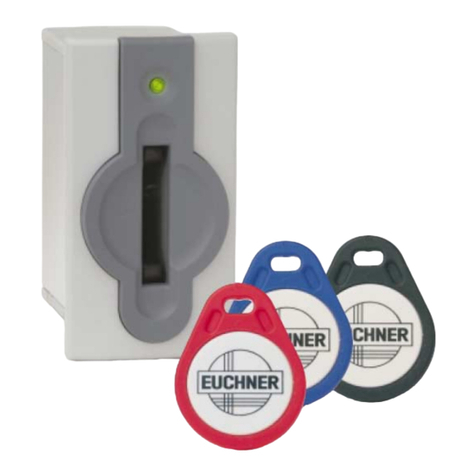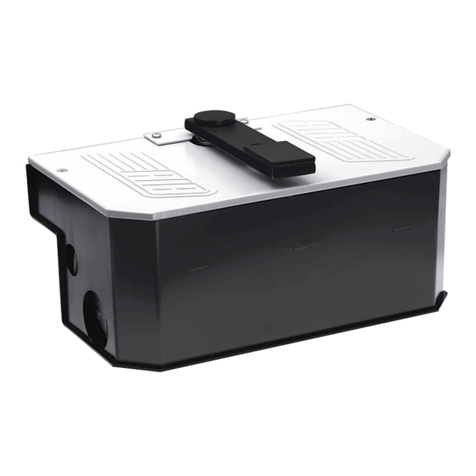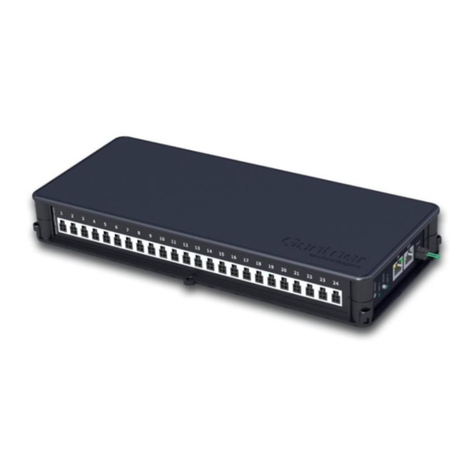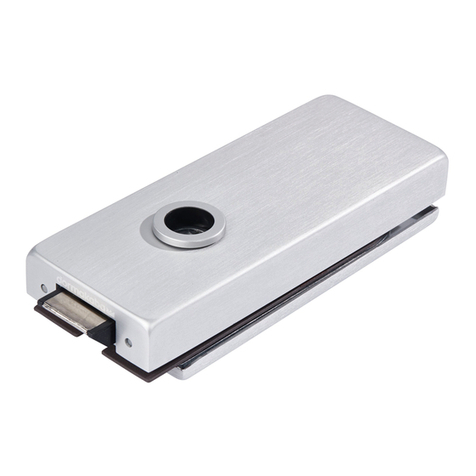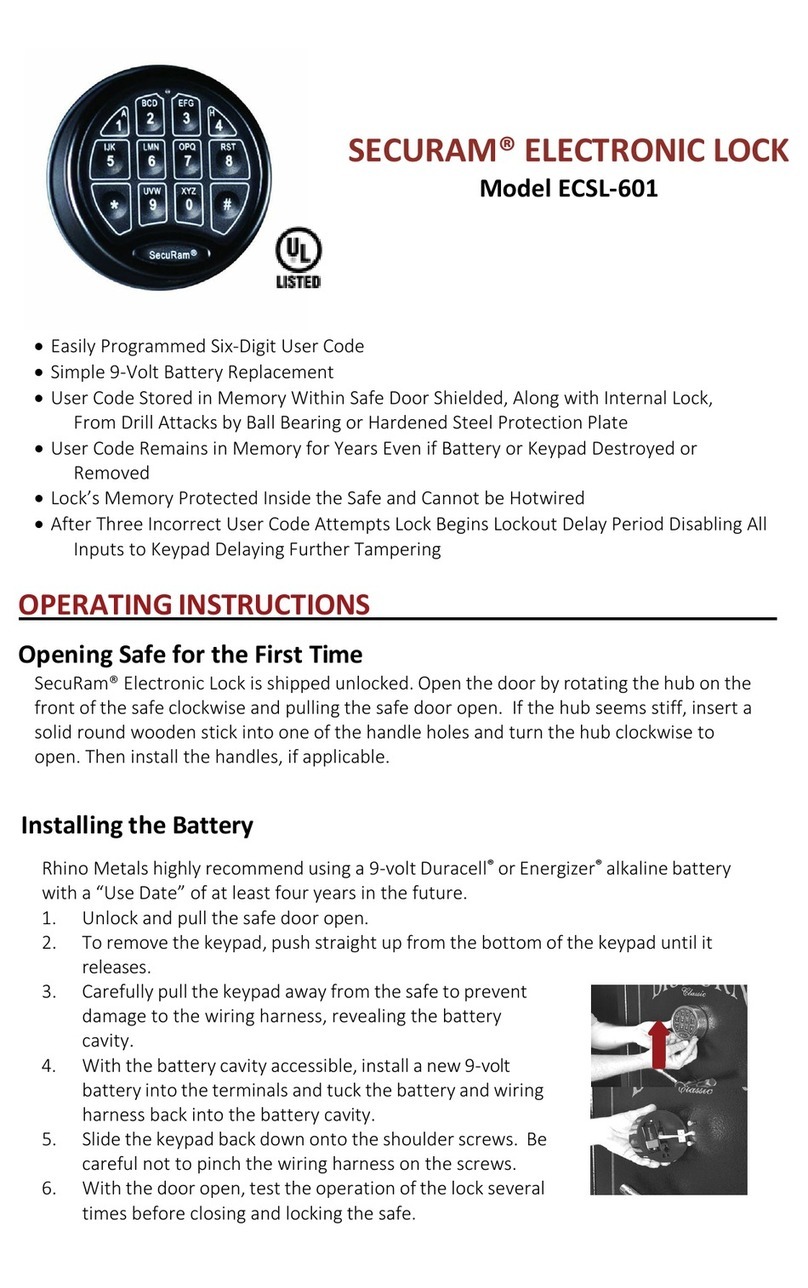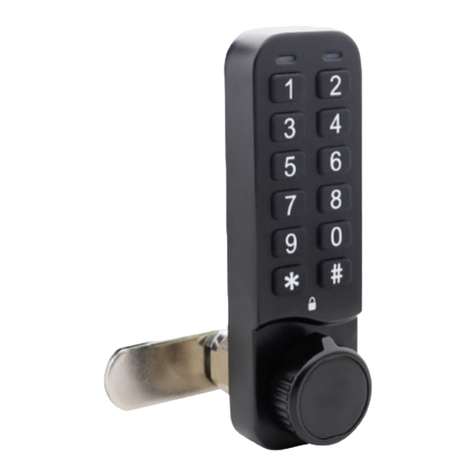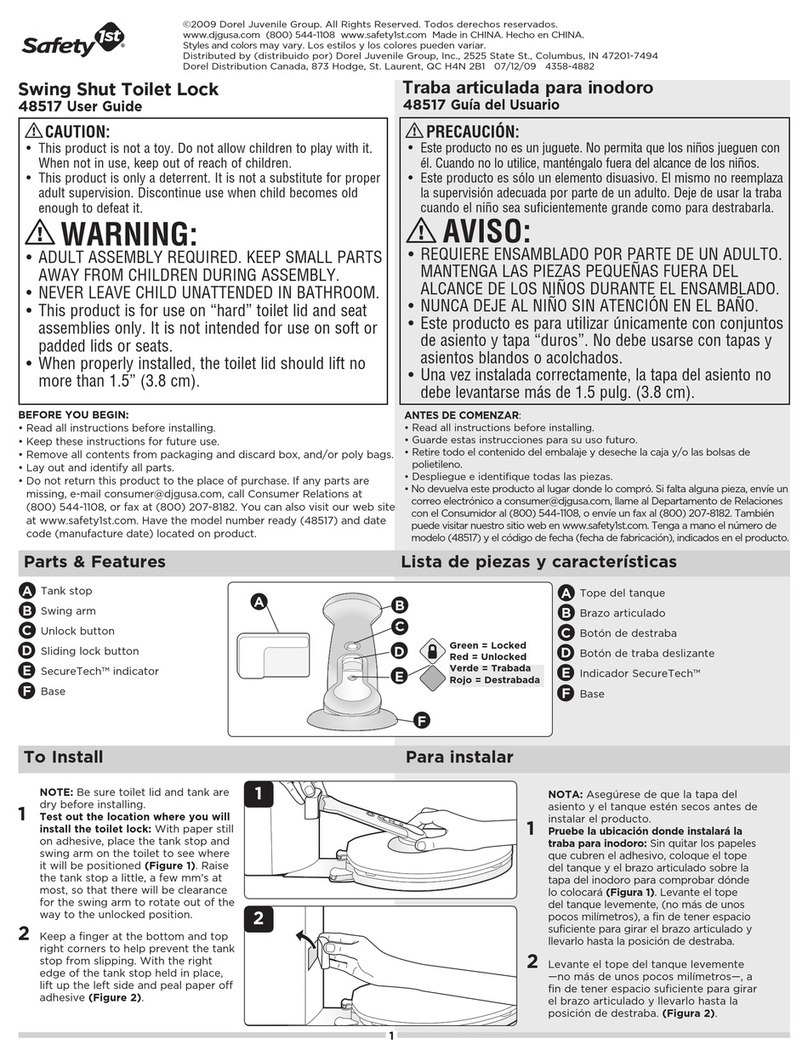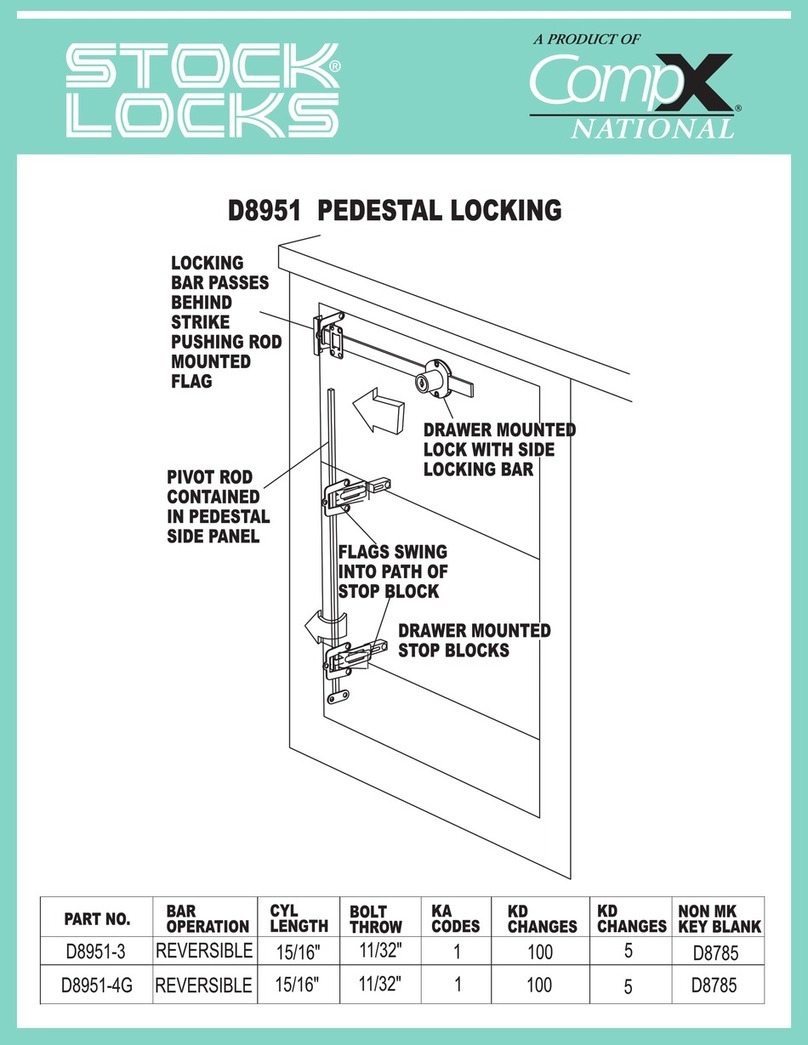Operating Instructions Safety Systems
MGB-L..B-PN.-… (PROFINET) and with Data Structure Type A
2(translation of the original operating instructions) 114575-04-03/15
Contents
1. About this document............................................................................................. 4
1.1. Scope............................................................................................................................................4
1.1.1. Notes on older product versions ......................................................................................4
1.2. Target group ..................................................................................................................................4
1.3. Key to symbols...............................................................................................................................4
1.4. Supplementary documents ..............................................................................................................4
2. Correct use .......................................................................................................... 5
3. Description of the safety function.......................................................................... 7
4. Exclusion of liability and warranty ......................................................................... 9
5. General safety instructions.................................................................................... 9
6. Function............................................................................................................. 10
6.1. Interlocking module MGB-L0.B-PN. .................................................................................................10
6.2. Locking module MGB-L1.B-PN. and MGB-L2.B-PN. ...........................................................................10
6.3. Guard locking for version MGB-L1 ..................................................................................................11
6.4. Guard locking for version MGB-L2 ..................................................................................................11
6.5. Control of the guard locking ..........................................................................................................12
6.5.1. Case A.........................................................................................................................12
6.5.2. Case B.........................................................................................................................13
6.5.3. Case C.........................................................................................................................14
7. System overview................................................................................................. 15
7.1. Bus module MGB-B-…-PN ..............................................................................................................15
7.2. Locking/release module MGB-L.-....................................................................................................16
7.3. Handle module MGB-H-…...............................................................................................................16
7.4. Escape release MGB-E-… (optional)................................................................................................16
7.5. Dimension drawing .......................................................................................................................16
7.6. Manual release .............................................................................................................................16
7.7. Mechanical release .......................................................................................................................17
7.8. Lockout mechanism......................................................................................................................18
7.9. Escape release (optional) ..............................................................................................................18
7.9.1. Preparing escape release .............................................................................................19
8. Mounting............................................................................................................ 20
8.1. Mounting color cover ....................................................................................................................21
9. Changing actuating direction .............................................................................. 22
10. Protection against environmental effects............................................................. 23
11. Controls and indicators....................................................................................... 24


